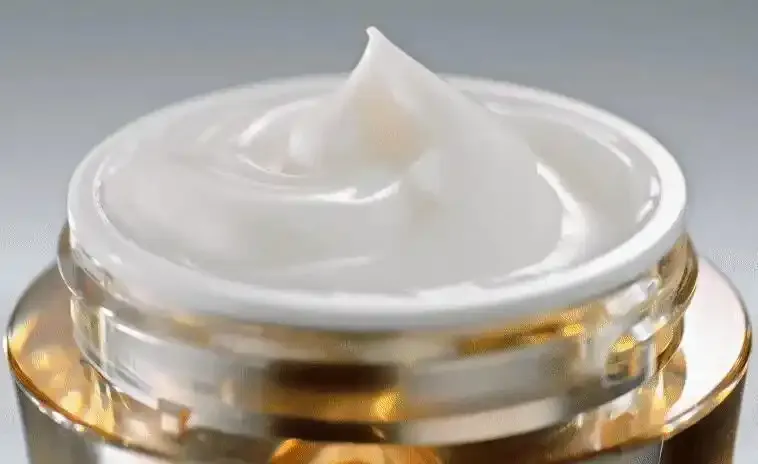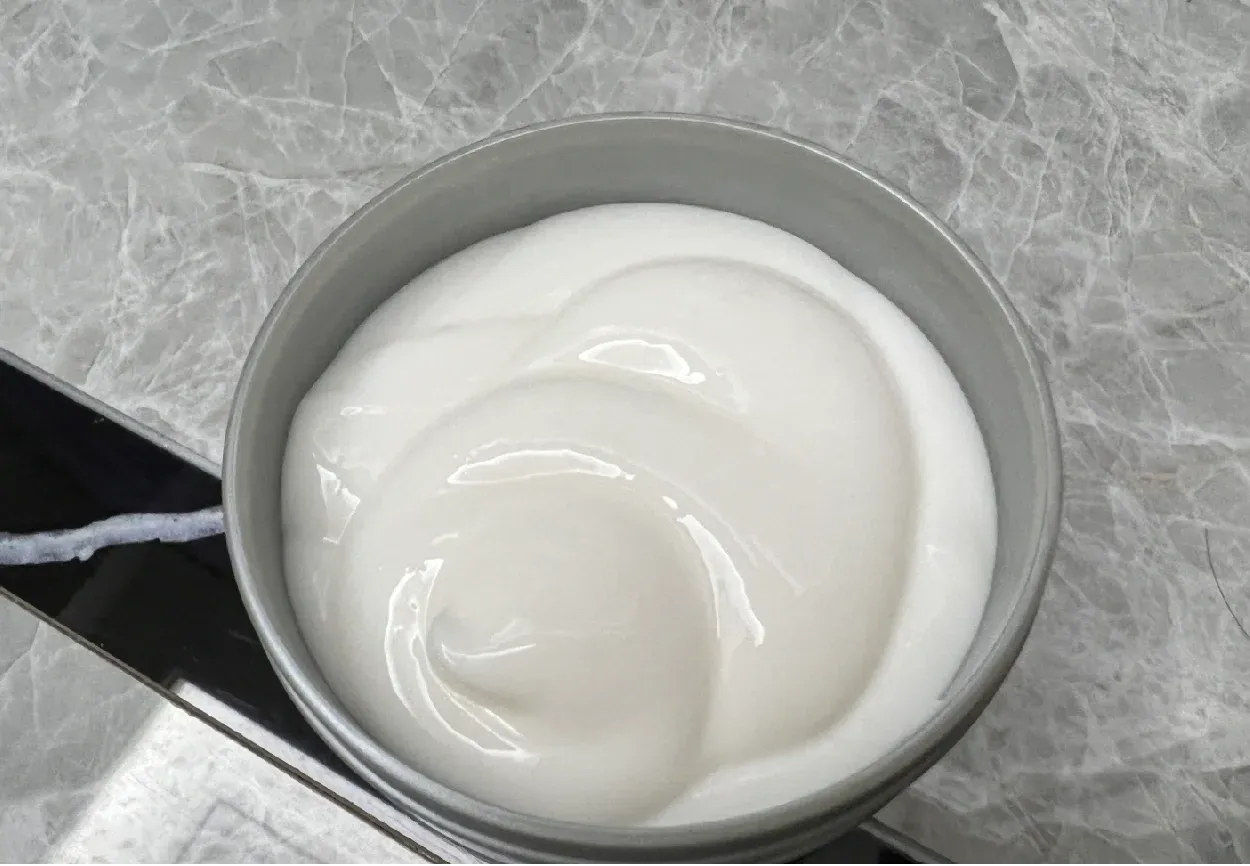
Hydroxypropyl Starch and Hydroxyethyl Starch: Versatile Ingredients in Food, Pharma, and Cosmetics
Understanding Hydroxypropyl and Hydroxyethyl Starch Derivatives
Starch derivatives are widely used in food processing, pharmaceuticals, cosmetics, and even medical applications due to their unique chemical structures and functionality. Among the most prominent are hydroxypropyl starch ether, hydroxyethyl starch, Und hydroxypropyl distarch phosphate. These modified starches have been engineered to perform specific roles such as thickening, stabilizing, and enhancing textures.

What Is Hydroxypropyl Starch Ether?
Hydroxypropyl starch ether is a modified starch often used in construction materials and food processing. Its ability to improve water retention, increase viscosity, and provide excellent workability makes it a preferred additive in cement-based products and soups or sauces in the food industry.
In cosmetics, derivatives like hydroxypropyl starch phosphate for skin are used as emulsifiers and thickeners to provide smooth application and skin-conditioning benefits.

What Is Hydroxyethyl Starch?
Hydroxyethyl starch (HES) is a synthetic polymer derived from amylopectin. It is primarily used in the medical field as a plasma volume expander during intravenous infusions (hydroxyethyl starch IV). This is particularly helpful in cases of severe blood loss or dehydration.
Variations like hydroxyethyl starch 130 0.4 are tailored for specific clinical applications where controlled molecular weight and substitution rates are critical.

Applications of Hydroxypropyl and Hydroxyethyl Starches
Hydroxypropyl Distarch Phosphate and Its Food Applications
Hydroxypropyl distarch phosphate (E1442) is a stabilized starch commonly used as a food additive. It helps improve freeze-thaw stability and maintains consistency in processed foods such as frozen meals, bakery fillings, and dairy products. As a dual-modified starch, it offers both thickening and emulsifying properties, making it indispensable for modern food production.
Sodium hydroxypropyl starch phosphate is another derivative used as a thickener and stabilizer, particularly in instant foods and low-fat formulations.
Hydroxypropyl Starch Derivatives in Beauty and Personal Care
In haircare, hydroxypropyl starch phosphate curly hair products are gaining popularity for their ability to define curls and reduce frizz. For skincare formulations, hydroxypropyl starch phosphate for skin acts as an emollient and stabilizer, improving the sensory feel of lotions and creams.
Medical Uses of Hydroxyethyl Starch
Hydroxyethyl starch IV is used in hospitals to manage hypovolemia (low blood volume). Different grades of hydroxyethyl starch, such as hydroxyethyl starch 130 0.4, are selected for their unique pharmacokinetics and safety profiles.
FAQs About Hydroxypropyl and Hydroxyethyl Starches
What is hydroxypropyl starch ether, and where is it used?
Hydroxypropyl starch etheris a modified starch used as a thickener and stabilizer in food and as a water-retention agent in construction materials like tile adhesives and plasters.
What is hydroxyethyl starch IV, and how is it used in medicine?
Hydroxyethyl starch IVis administered intravenously to expand plasma volume in patients with hypovolemia caused by blood loss or dehydration.
What are the benefits of hydroxypropyl distarch phosphate (E1442) in food products?
Hydroxypropyl distarch phosphate E1442improves freeze-thaw stability, prevents syneresis (water separation), and enhances texture in processed and frozen foods.
How is hydroxypropyl starch phosphate used in personal care products?
Hydroxypropyl starch phosphate for skinis used as an emulsifier and thickener in lotions, while hydroxypropyl starch phosphate curly hair products help control frizz and define curls.
Who are hydroxypropyl starch phosphate suppliers, and why are they important?
Hydroxypropyl starch phosphate suppliersprovide this versatile ingredient to food, cosmetic, and pharmaceutical industries for use in high-performance formulations.
The Versatility of Starch-Based Additives
From food production to medical applications and cosmetics, modified starches like hydroxypropyl starch ether, hydroxyethyl starch, Und hydroxypropyl distarch phosphate are essential for modern industries. Whether you’re sourcing from a hydroxypropyl starch phosphate supplier for a new skincare product or using hydroxyethyl starch IV in critical care, understanding these compounds allows for innovation and efficiency.
As industries demand multifunctional and sustainable ingredients, starch derivatives continue to provide effective, safe, and versatile solutions.
-
Hydroxypropyl Starch as a Sustainable Construction AdditiveNewsNov.24,2025
-
The Gelation Properties of CMCNewsNov.21,2025
-
Redispersible Latex Powder and Water Retention CapacityNewsNov.21,2025
-
Dosage Control for Polycarboxylate Water ReducerNewsNov.21,2025
-
Film-Forming Properties of Polyvinyl AlcoholNewsNov.21,2025
-
The Function of Gypsum Additives in MortarNewsNov.21,2025





















